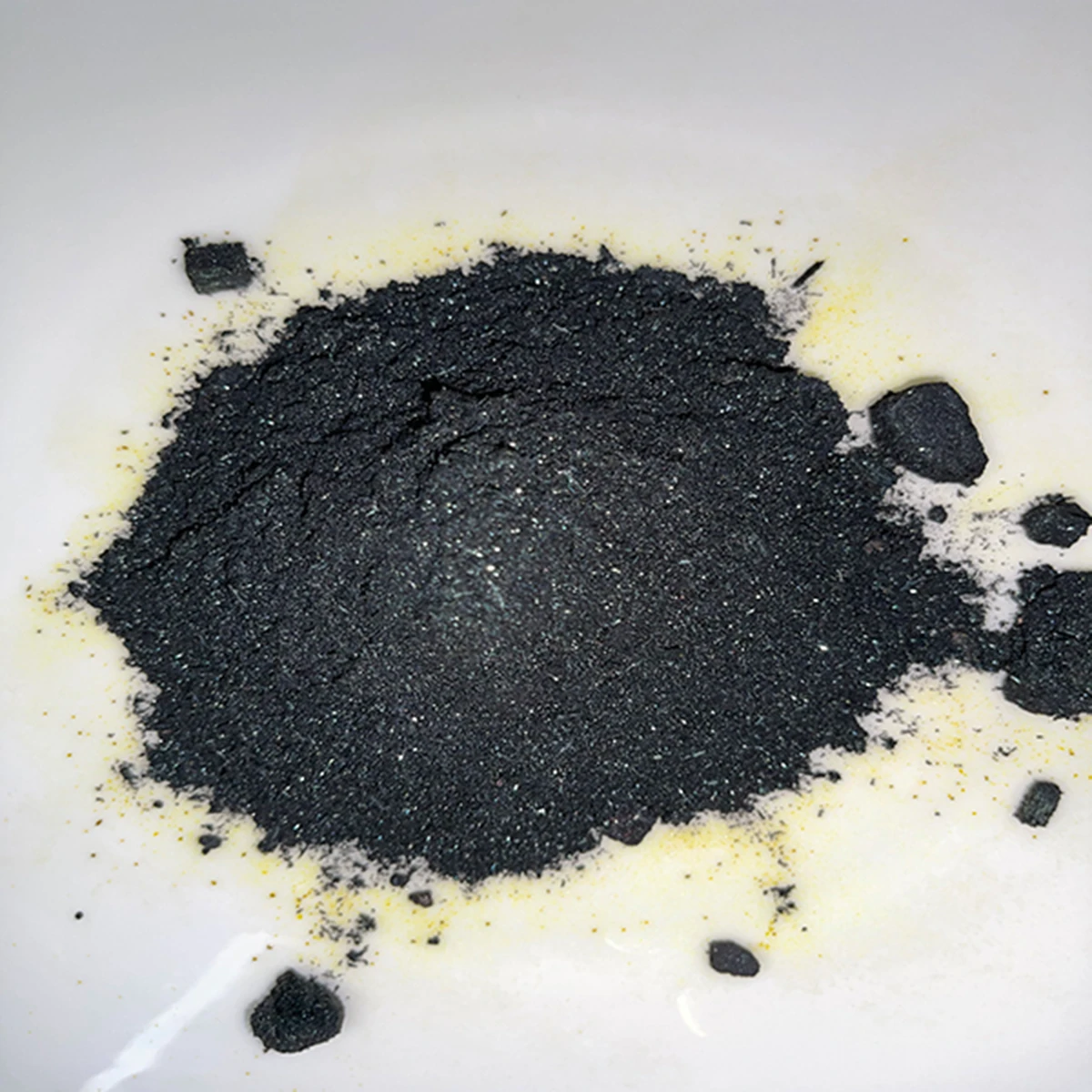



Exploring the Applications and Properties of Cationic Polyacrylamide in Various Industries
The Role of Cationic Polyacrylamide in Industrial Applications
Cationic polyacrylamide (CPAM) is a synthetic polymer that has gained significant attention in various industrial applications due to its unique properties and functionality. As a water-soluble substance, CPAM is primarily used in fields such as water treatment, paper manufacturing, and oil recovery. This article will delve into the characteristics, benefits, and applications of cationic polyacrylamide, highlighting its importance in modern industry.
Understanding Cationic Polyacrylamide
Cationic polyacrylamide is derived from the polymerization of acrylamide monomers with cationic groups, imparting a positive charge to the polymer. This distinctive cationic property allows CPAM to effectively interact with negatively charged particles and surfaces, promoting flocculation and sedimentation. The molecular weight of CPAM can vary significantly, which affects its performance in different applications. High molecular weight CPAMs are typically more effective as flocculants, while low molecular weight variants can serve other roles such as viscosity modifiers.
Water Treatment Applications
One of the most prominent applications of cationic polyacrylamide is in water treatment. CPAM is widely used as a flocculant to enhance the removal of suspended solids in wastewater treatment processes. The cationic charge of the polymer allows it to neutralize the negative charges of contaminants, facilitating the agglomeration of particles into larger flocs that can be easily removed from the water. This process significantly improves the efficiency of sedimentation and filtration in both municipal and industrial wastewater treatment.
In addition, CPAM can help in reducing the volume of sludge produced during treatment processes, which is a critical factor for cost-effective wastewater management. By binding with fine particles and enhancing their settling characteristics, cationic polyacrylamide plays a vital role in ensuring cleaner effluents and compliance with environmental regulations.
polyacrylamide cationic

Paper Manufacturing
Cationic polyacrylamide is also extensively used in the paper industry. It serves as a retention aid, improving the retention of fibers and fillers during the papermaking process. This not only enhances the quality of the final product but also optimizes the utilization of raw materials, leading to cost savings for manufacturers. Furthermore, the use of CPAM in paper processing can contribute to better drainage and improved sheet formation.
In addition, CPAM can enhance the strength and surface properties of paper products. By modifying the interactions between fibers, cationic polyacrylamide contributes to the overall durability and printability of the paper, which is crucial for various applications ranging from packaging to high-quality printing.
Oil Recovery
Another important application of cationic polyacrylamide is in enhanced oil recovery (EOR) processes. The polymer is employed to improve the mobility of oil within reservoirs, thereby increasing the efficiency of extraction methods. By altering the viscosity of water and improving its displacement properties, CPAM can help in mobilizing trapped oil, thereby enhancing overall recovery rates. This is particularly important in aging oil fields where conventional recovery methods have become less effective.
Conclusion
Cationic polyacrylamide is a versatile polymer that has proven its value across multiple industries. Its unique cationic properties facilitate a range of functional benefits, from enhancing water treatment processes to improving the efficiency of paper manufacturing and oil recovery methods. As industries continue to evolve and face new challenges, the role of CPAM is likely to expand, paving the way for more innovative and sustainable solutions. The ongoing research into polymer modifications and applications will further cement cationic polyacrylamide as a key player in industrial processes, driving advancements and efficiencies across a broad spectrum of sectors.
-
Why Sodium Persulfate Is Everywhere NowNewsJul.07,2025
-
Why Polyacrylamide Is in High DemandNewsJul.07,2025
-
Understanding Paint Chemicals and Their ApplicationsNewsJul.07,2025
-
Smart Use Of Mining ChemicalsNewsJul.07,2025
-
Practical Uses of Potassium MonopersulfateNewsJul.07,2025
-
Agrochemicals In Real FarmingNewsJul.07,2025
-
Sodium Chlorite Hot UsesNewsJul.01,2025










